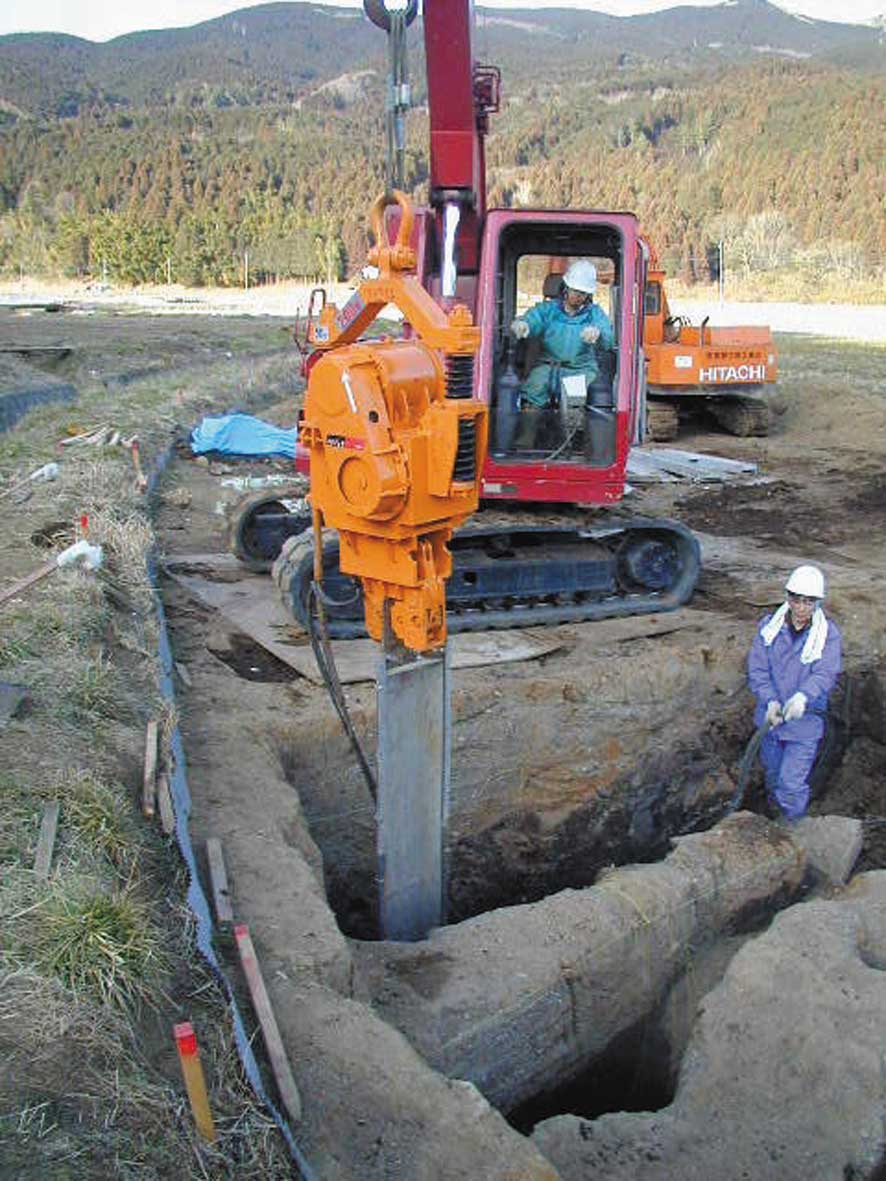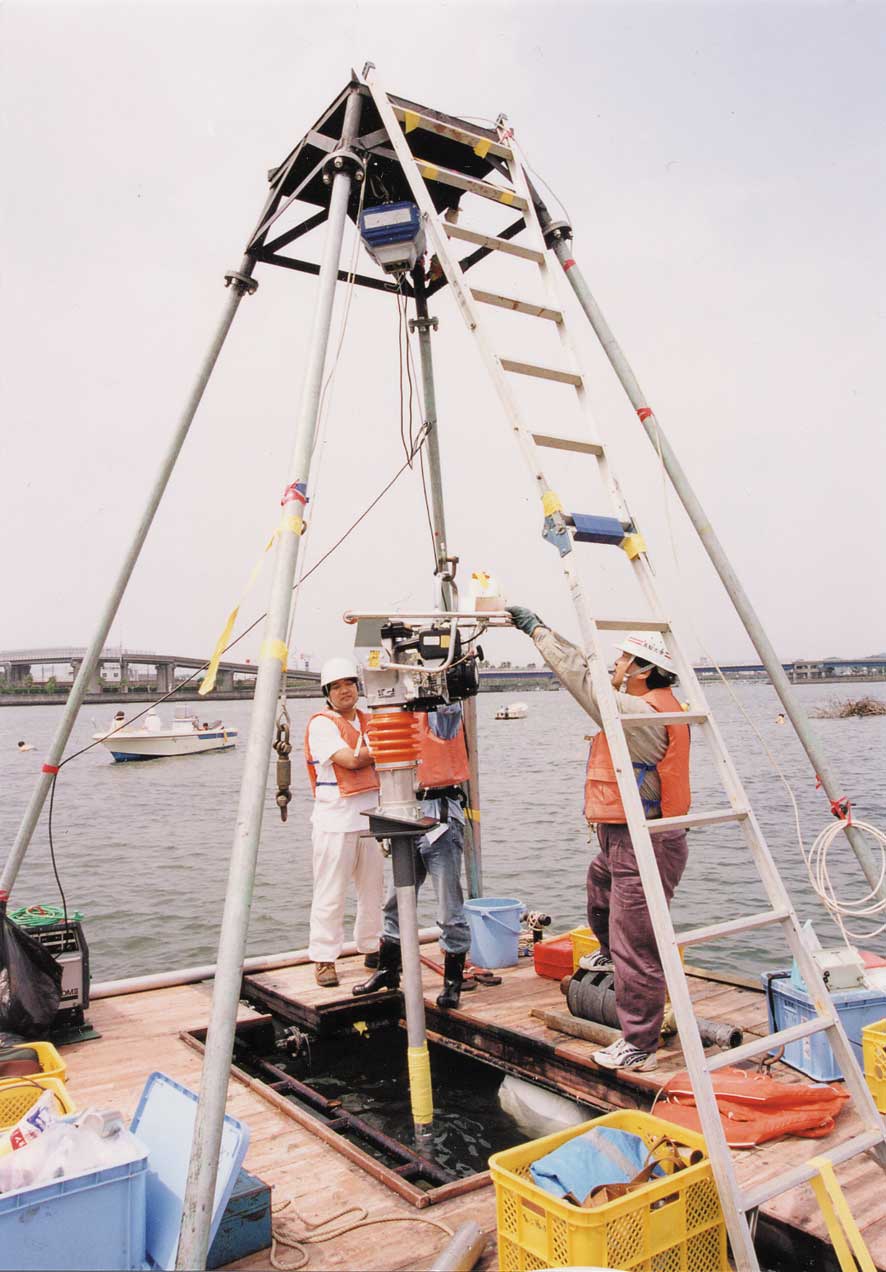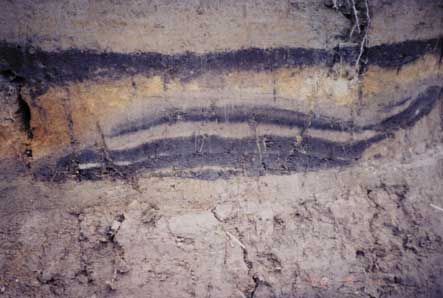6-4. Paleoearthquake Studies
Understanding of recurrence behavior of large earthquakes is essential
for long-term earthquake forecast and also important for studies on earthquake
generating mechanism, especially on its steady-state nature and various
disturbances affecting it. Repeat time of large earthquakes ranges from
hundred years to several thousand years or more and cooperative researches
among university researchers on active faults, paleotsunamis, and historical
earthquakes are carried out. Our findings are also helpful to estimate
properties of a seismic fault such as static and dynamic parameters, mode
of rupture propagation, and spatial distribution of asperities.
Geomorphological, Geological, and Geophysical
Survey of Active Faults
Not only occurrence time of paleoearthquake, but also co-seismic slip
and its spatial variation will be estimated for examination of recurrence
models and constructing seismic fault models for strong motion prediction.
Geological Paleotsunami Studies
Historical and prehistoric Tokai and Nankai earthquakes and Tokachi-Oki
earthquakes are studied by examining geological paleotsunami evidence for
better understanding of the recurrence of interplate great earthquakes.
Fault Model of Historical Earthquakes Estimated
from Historical Documents
Exact location of each reported feature is identified and database
is constructed for the 1854 Iga-Ueno and the 1848 Zenkoji earthquakes.
Comparison of the data with surface geology improves our understanding
of faulting mechanism.

Figure 1. 'Geoslicer' survey of the Tanna fault (by Hisao Kondo, Hiroshima
Univ).

Figure 2. Vibro-coring survey of tsunami deposit at Lake Hamana (by Hiromi
Matsuoka, Kochi Univ).

Figure 3. Tsunami deposit(rip-up clast) of the 17th century tsunami attacking
the coastal area of Tokachi (by Kazuomi Hirakawa, Hokkaido Univ)
A mass of frozen ground was overturned by the tsunami and later covered
by volcanic ash identified as Ta-b (the 1667 eruption of the Tarumae volcano).
Top Next


